
Corey Allard
@coreyahallard
Comparative Biology | Assistant Professor @HarvardCellBio allardlab.hms.harvard.edu
ID: 1263452162924789762
21-05-2020 12:50:53
22 Tweet
204 Followers
262 Following
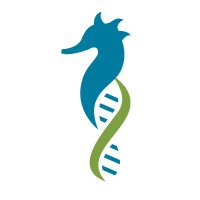


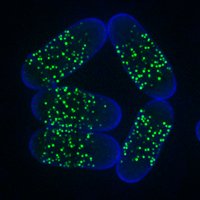

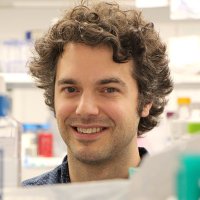
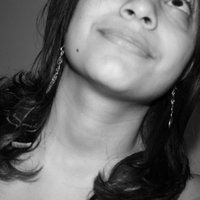


Where do novel organs come from? A guide to exploring sea robins, walking fish with “legs.” Exciting collaborative studies to come... Corey Allard, Amy Herbert, David Kingsley - cell.com/current-biolog…

How do jellyfish and anemones decide when to sting? Here, we ask "to sting or not to sting" Lily He Corey Allard Wendy Valencia @stephalopod @AgneseSeminara eLife - the journal MCB_Harvard elifesciences.org/reviewed-prepr…
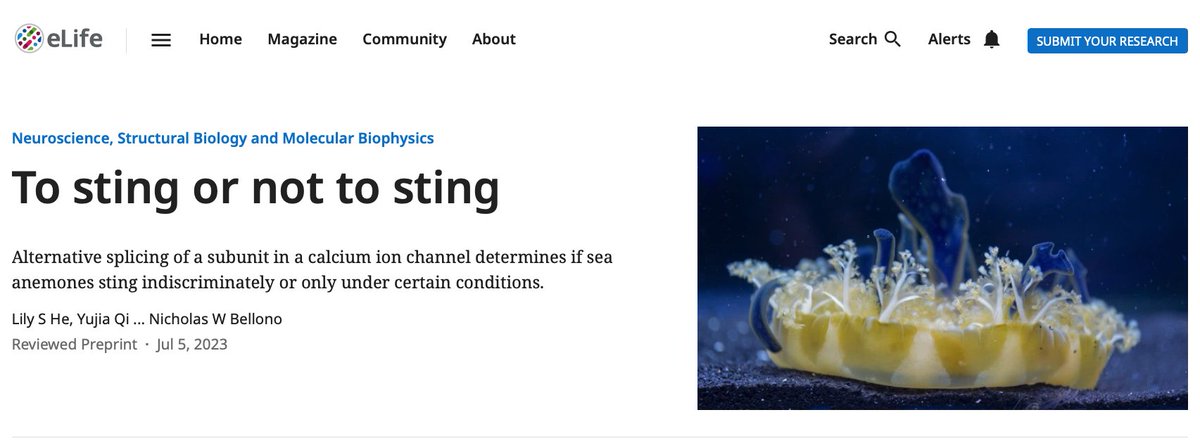
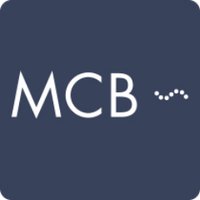
To Sting or Not to Sting: How Changes to an Ion Channel Shape Sea Anemone Stinging [Bellono Lab] Nicholas Bellono Lily He @AgneseSeminara Corey Allard Keiko Weir mcb.harvard.edu/department/new…

Where do new animal traits come from? We studied walking fish with “legs” to understand the evolution of novel organs and behavior. Corey Allard, Amy Herbert, David Kingsley, MCB_Harvard, Stanford Medicine, @HHMINews, Marine Biological Laboratory (MBL) - biorxiv.org/content/10.110… - biorxiv.org/content/10.110…

Guide to octopus "taste by touch" chemotactile sensation. Corey Allard Wendy Valencia Current Biology MCB_Harvard - cell.com/current-biolog…
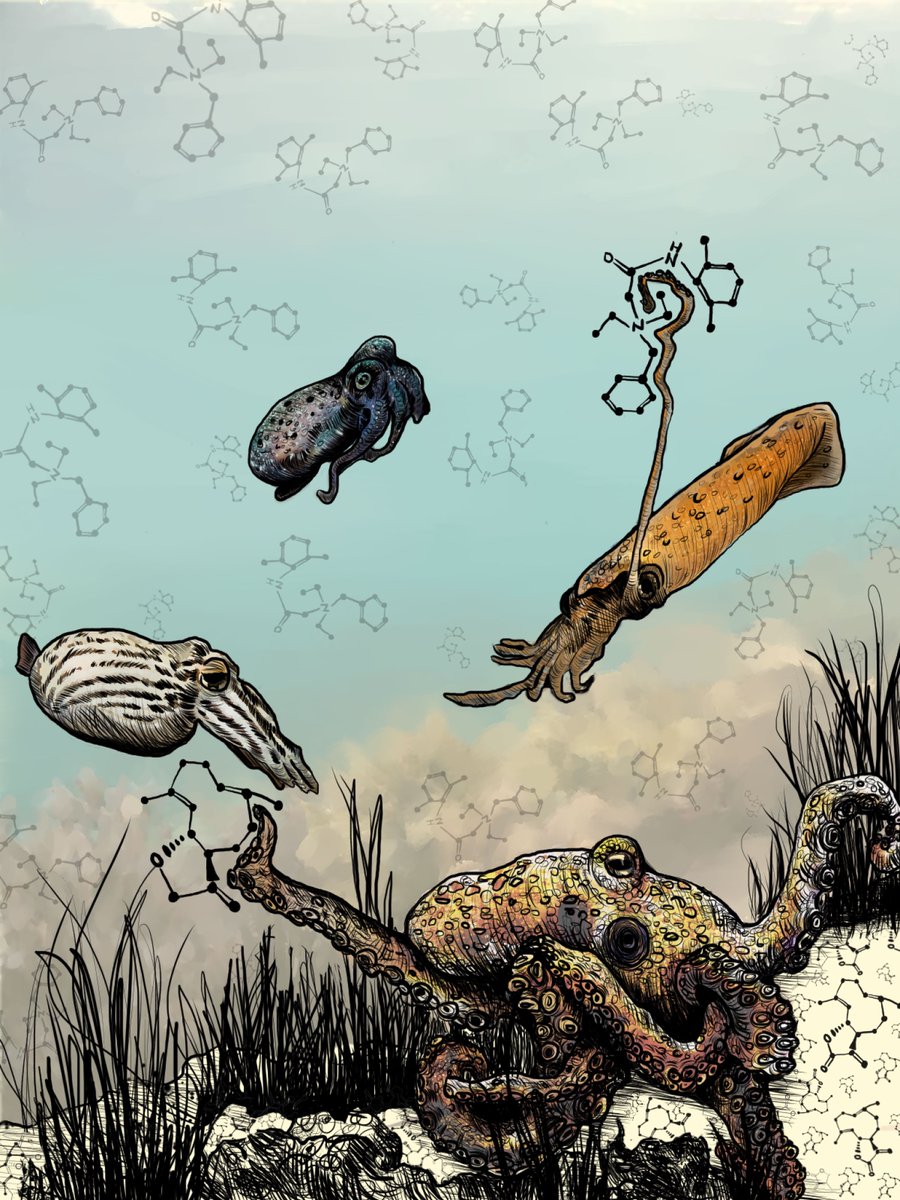
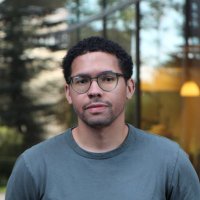

It was a loonnnnnng time coming but our paper on path dependent evolution of visual systems is out in Science! Rebecca Varney Joie Cannon Morris A. Aguilar Dan Speiser Doug Eernisse. science.org/doi/10.1126/sc… Also, nice Perspective piece by @lauren_hsr ! science.org/doi/10.1126/sc…

Where do new organs come from? In paired studies, we explore walking fish with "legs" to learn about the evolution of new traits. Marine Biological Laboratory (MBL), Cell Press, Current Biology -cell.com/current-biolog… -cell.com/current-biolog…


How do organisms evolve new traits and behaviors? In Annual Reviews, Wendy Valencia surveys major sensory receptor families to uncover evolutionary patterns of sensation driving diversification and speciation. annualreviews.org/content/journa…

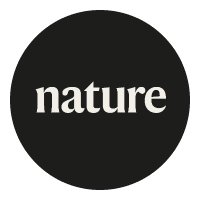

Corey Allard et al asks how “solar-powered” slugs maintain stolen chloroplasts from their diet for photosynthesis and starvation resistance. Cell Press, MCB_Harvard, Harvard Medical School cell.com/cell/fulltext/…


Corey Allard and Amy Lee discuss curious "solar-powered" animals that steal and maintain foreign chloroplasts for photosynthesis and starvation resistance. Dana-Farber News, Harvard Medical School news.harvard.edu/gazette/story/…


